Common Causes of Elderly Balance Issues and How to Address Them
Our Key Takeaway
Elderly balance issues often stem from vestibular disorders, muscle weakness, neurological diseases, vision loss, medication side effects, and low blood pressure. Addressing these causes with medical evaluation, strength and balance exercises, vision care, home safety changes, and proper hydration helps prevent falls and supports safer, more independent living.
Today, the elderly's center of gravity problems are no longer a minor issue but rather a step onto a road that can lead to their inability to move freely and safely.
Different health conditions can cause these problems, such as using medicines or regular age-related changes.
Getting the details of elderly balance issues is vital for proper management of the problem. As they master these, the family members will be able to help the elderly adults stay independent and live a quality life.
This guide will explain the reasons behind elderly people's balance problems and give practical ways to treat and manage them.

Life Assure Product Quiz
Take our 30 second quiz and discover which Life Assure medical alert device is the right fit for you or a loved ones.
Life Assure Product Quiz
Take our 30 second quiz and discover which Life Assure medical alert device is the right fit for you or a loved ones.
Understanding Balance Issues in Seniors
Older people's issues with balance are a reference to the difficulties older adults have in keeping stability and coordination. These problems can result from different factors like medical conditions and environmental hazards.
Balance disorders can lead to falls, a significant cause of injury among seniors. Recognizing the symptoms is essential for early intervention.
Symptoms may include:
● Dizziness or vertigo
● Falling or a sensation of falling
● Staggering or unsteady gait
● Lightheadedness or faintness
● Blurred vision
● Confusion or disorientation
● Nausea or vomiting
Common Causes of Elderly Balance Issues
Here are the common causes of balance issues in seniors:
1. Vestibular Diseases
The vestibular system in the inner ears plays a crucial role in balance. Diseases like BPPV and vestibular neuritis affect the vestibular system and result in symptoms like dizziness and balance issues.
● Benign ferocious Positional Vertigo (BPPV): This condition occurs when small calcium crystals in the inner ears become dislodged, causing vertigo that can be touched off by specific head movements. BPPV can significantly disrupt balance, especially in aged adults.
● Vestibular Neuritis: It is characterized by inflammation of the vestibular nerves, which is often caused by a viral infection. Symptoms include acute vertigo, instability of balance, and vomiting.
2. Musculoskeletal Issues
Moreover, age-related changes in the musculoskeletal system may also cause problems with balance. Conditions such as arthritis and muscle weakness can affect coordination and stability.
● Arthritis: Among the many pain and stiffness that are common to arthritis, the patient's mobility can be limited to the point that it becomes hard for them to balance. Painful joints can cause compensatory movements that increase the threat of falls.
● Muscle Weakness: Sarcopenia, also known as the loss of muscle mass and strength due to aging, is very common in old people. A significant weakness in the lower limbs can be a real problem for people regarding balance and mobility.
3. Neurological Diseases
Numerous neurological conditions can impact balance and collaboration. Conditions similar to Parkinson's complaint, multiple sclerosis, and stroke can lead to significant challenges.
● Parkinson’s Disease: This progressive neurological complaint affects movement and coordination. Individuals with Parkinson's frequently witness temblors, severity, and postural insecurity, making balance delicate.
● Stroke: A stroke can lead to hemiparesis( weakness on one side of the body), which can disrupt balance and collaboration. Rehabilitation is essential for perfecting mobility post-stroke.
4. Vision Impairments
Vision is pivotal for maintaining balance. Conditions similar to cataracts, glaucoma, and macular degeneration can vitiate visual perceptivity and depth perception, leading to balance issues.
● Cataract: Clouding of the lens can blur vision and reduce discrepancy perceptivity, making it grueling to navigate surroundings safely.
● Macular Degeneration: This age-related condition affects the central vision, making it delicate to see details and impacting balance.
5. Medication Side Effects
Numerous aged grown-ups take multiple medications, adding to the threat of adverse effects that can impact balance. Common drugs that can beget dizziness or insecurity include:
● Antidepressants: Some antidepressants can beget sedation or dizziness, leading to balance problems.
● Blood Pressure Drugs: Certain antihypertensives can beget orthostatic hypotension, where blood pressure drops when standing, resulting in dizziness and falls.
6. Low Blood Pressure and Other Health Conditions
Diseases such as orthostatic hypotension, diabetes, and cardiovascular conditions might be the causes of the problems associated with balance. Standing up with low blood pressure, especially, can lead to dizziness.
● Orthostatic Hypotension: This occurs when blood pressure drops suddenly upon standing, leading to flightiness and implicit cascade.
● Diabetes: Diabetic neuropathy can lead to loss of sensation in the bases and legs, affecting balance and adding a fall threat.
Coping Strategies for Living with Balance Disorders

Addressing balance issues in older adults requires a comprehensive approach that includes assessment, treatment, and life modifications. Here are some effective strategies:
1. Medical Evaluation
A comprehensive inspection by a doctor is vital to discover the underlying reason of balance problems. This can be a study of medical history, physical examination, and individual tests.
● Vision Assessment: Regular eye examinations are pivotal to addressing visual impairments that could impact balance.
● Drug Review: A healthcare provider can assess specifics to determine if any contribute to balance problems.
2. Physical Remedy
Physical remedy plays a vital part in perfecting balance and stability. A physical therapist can design an individualized exercise program that focuses on strength, inflexibility, and collaboration.
● Balance Training: Specific exercises, similar to Tai Chi, yoga, and balance-concentrated exercises, can help ameliorate stability and reduce fall threat.
● Strengthening Exercises: Strengthening the muscles of the legs and core can enhance overall stability.
3. Vestibular Rehabilitation Therapy (VRT)
VRT is a technical form of remedy aimed at perfecting balance and reducing dizziness. It involves exercises that help the brain compensate for inner observance diseases.
Ways like the Epley initiative can help budge displaced chargers in the inner observance, furnishing relief from BPPV.
4. Home Variations
Making adaptations in the home can significantly reduce the threat of cascade. Consider enforcing the following changes:
● Remove Clutter: Keep pathways clear to minimize trip hazards.
● Install Handrails: Place handrails on stairs and in bathrooms for more support.
● Improve Lighting: Ensure acceptable lighting in all areas of the home to enhance visibility.
5. Assistive Bias
Using assistive bias similar to nightsticks or trampers can give fresh support and stability, particularly when moving around in strange or grueling surroundings.
6. Lifestyle Changes
Encouraging healthy life choices can also promote better balance and overall well-being. Consider the following:
● Stay Active: Engage in regular physical exertion to maintain strength and inflexibility.
● Hydration: Ensure acceptable fluid input to help dehumidification and maintain blood pressure.
● Healthy Diet: A balanced diet rich in vitamins and minerals supports overall health and can help conditions that affect balance.
Conclusion
Various factors can cause elderly balance issues. Managing vestibular diseases, improving vision, adjusting medications, and engaging in physical therapy can enhance balance and reduce falls, supporting safety and independence in their later years.




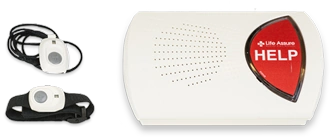


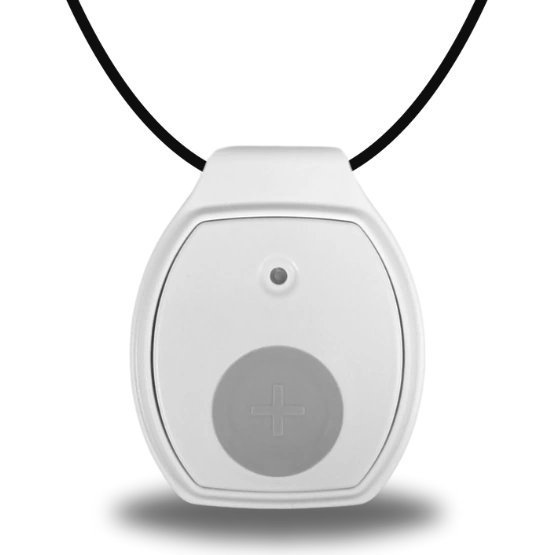
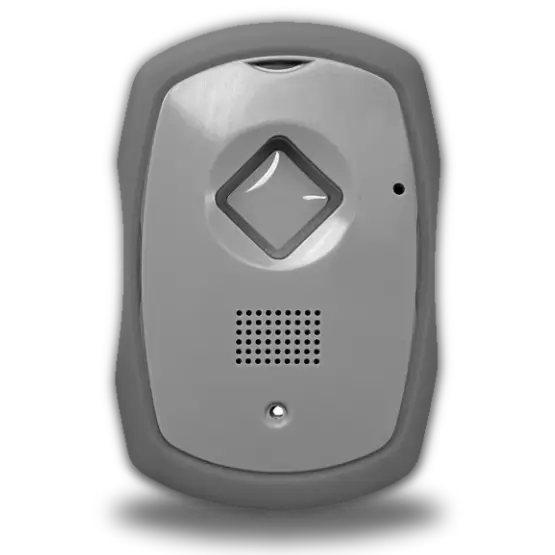

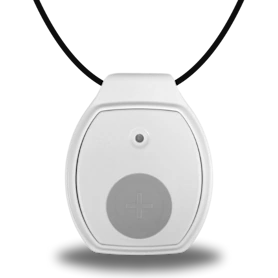
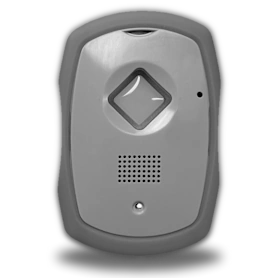
 Get Help With The Push Of
A Button
Get Help With The Push Of
A Button















